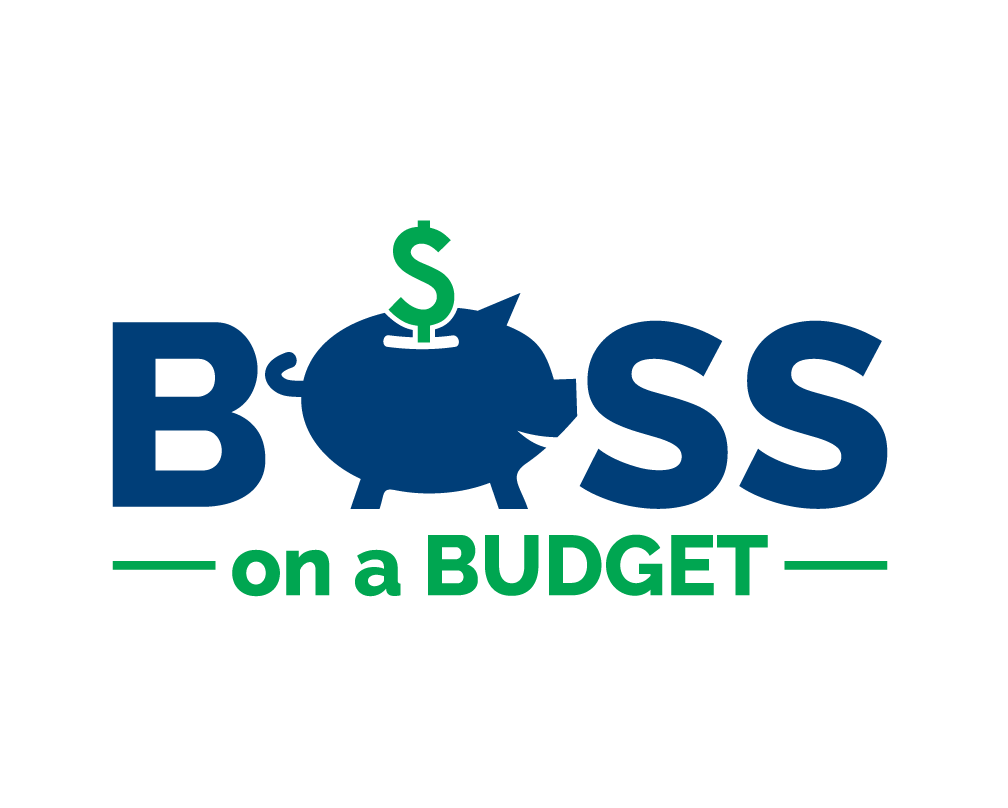What I Hate About Nonprofits: Things You Should Know Before You Start Your Own Nonprofit
I’ve often wondered if it takes a special kind of person to start a nonprofit. It certainly appears so. It takes a special person to have the boldness and fortitude to stare a social issue in the face and tackle it piece by piece. It takes a certain rawness and grit to work from the ground up, create a collective movement around an issue, and execute a vision. It’s fascinating to watch ideas transform into reality. Yet, most nonprofits, though they may have started with that raw passion, often are forced to tone down that passion and bow down to bureaucratic processes influenced by an antiquated sector. The reality is that nonprofits often struggle with limited funding, stifling restrictions on grant awards, and tax limitations. In the fight to stay afloat, nonprofits succumb to the pressures of appeasing their stakeholders, and as a result, don’t make intentional measures to be different and innovative.
The nonprofit sector is struggling to align more with the technological and business advances in the for-profit sector. The old system of fundraising and starvation mode (with funders forcing a low overhead for nonprofits that can barely pay for their operating expenses) is NOT WORKING. There are different models and innovations that are emerging to promote a more forward-thinking nonprofit sector: see social enterprises, B-corporations, and crowdfunding. Despite that, nonprofits are struggling to transform their business models amid pressures and tensions from their clients and funders. So if you are contemplating starting a nonprofit or you're just beginning, here are some words of wisdom to steer you from the same 'ol same 'ol (and while you're at it, download my free nonprofit startup checklist):
Involve Your Community
The one aspect that I love about nonprofits is their community approach. When you launch, you build a board that collectively makes decisions for the organization. The mission of your nonprofit is to benefit a community of folks. You engage your donor community to get behind your cause and support your mission. Every step is a collective one that should consider all persons who may be impacted by your decision. Yet, many nonprofits forge ahead with strategic plans and goals without considering some or all of their stakeholders. They do not have to be the only voice, but their presence should be prominent. Make sure your clients' voices are apparent in all decisions; put members of your community in leadership positions. Never move forward with an idea unless your community is integral in its development and endorses the plan.
Embody Your Entrepreneurial Spirit
An individual starting his/her own business is usually fueled by a problem or a nagging issue. It’s no different with nonprofits, but somehow business entrepreneurs seem to operate a little differently. They don’t get caught up/lost in drawn out decision-making processes and aren’t afraid to try new ideas. They often possess an unstoppable spirit that allows them to fail often, gracefully, and work tirelessly. They come up with new solutions to old problems. They take risks and set lofty goals. You must do the same. Don’t just wait for the perfect grant or for funds to come to you. Don’t fall into the trap of tradition. Leverage the corporate sector and individuals who may have a vested interest in your cause- a field that is prime for more partnership opportunities. Take risks and be bolder.
Fundraise Better
The traditional nonprofit fundraising model is largely based on individual donors (including benefactor giving), events, grant awards, and government contracting. Each method has its own issues but all require massive effort. Nonprofits often don’t have the resources to concentrate on all of those methods at once, so they settle with relying heavily on certain income sources. Also, fundraising staff are often seen as separate from the program staff which creates the risk of fundraising efforts not as well aligned with your mission. There are now hybrid models that encourage commercial enterprises in conjunction with the service work traditionally employed by nonprofits. Nonprofits are learning to diversify their income by creating a commercial avenue to fund their operations. Monies raised are unrestricted funds and give nonprofits the freedom to innovate. Employ your clients to sell a product or charge for services (at an appropriate level) of course. Create a community garden/farmer’s market, sell merchandise designed by your clients, open a flea market, or open a restaurant. Develop a fundraising plan that considers other fundraising methods that don’t limit your goals and your reach. Purchase my fundraising masterclass to learn how to set up your fundraising.
Note: Keep in mind certain tax requirements related to funds raised that are not directly aligned with your mission.
Disrupt the Status Quo
Don’t enter the nonprofit sector to simply replicate a program that’s working. Of the more than 1.5 million nonprofits that exist today, surely there is overlap. If you decide to jump into the nonprofit sector, make sure there is a noticeable difference between your organization and the hundred others that do the same work as you. See yourself as a disruptor. Look for opportunities to try a new promising program model, or to test a new method. If a program has served a population the same way for 10 years, make this the year that you’ll implement something different. Funders take notice of organizations who are adept at solving a problem while maintaining an identity separate from others around them. With such tight competition for attention from donors and money from funders, being different and going against the grain works in your favor.
Follow the Mission
Every nonprofit must craft a mission statement when they’re applying for federal tax-exempt status. Mission statements provide the overall direction of the organization. Every decision must align with the stated direction of the organization. Most mission statements are vague and include the entire kitchen sink, or are so convoluted that even the board members don’t understand them. Develop a mission statement that is targeted and succinct: it should detail what you do, who you serve, and how you serve them. Evaluate the mission statement yearly to see if it’s still appropriate, especially in the early years. Make sure you hold to the true mission of the organization. Don’t expand your scope beyond your mission just because an opportunity arises. Don’t chase money that forces you to expand your mission. Commit to actually use your mission statement and make sure your branding and messaging reflects it.
Manage Well
Many nonprofits don’t have the resources or time to focus on managing their operations well. In the rush to fulfill the needs of their community, they often sacrifice self-care. Most board meetings are routine and not awe-inspiring; most strategic plans contain pages of white noise; a lot of employees are overworked, underpaid and unhappy. Nonprofits that are managed well take the time to reflect on where they’ve been and the opportunities that are currently presenting themselves. They use data to determine their impact and to develop a thoughtful plan for moving forward. They are intentional about the decisions they make. They engage their community in decision making, they evaluate their progress and adjust accordingly, and they are nimble enough to change course when something is not working. My nonprofit startup workbook helps you identify how to approach your first year so you can launch successfully.
Lead With Data
A lot of us feel led to do good deeds because we rely on assumptions. We feel or think we know what our clients need the most, but often we’re trying to appease our own desires. It’s easy to get behind an idea not rooted in fact or reality because it is emotionally compelling. However, nonprofits are expected to operate in an environment of accountability, where every dollar and service is tracked and scrutinized. Yet, staff are often intimidated by data collection and outcomes monitoring, and often leave that up to one designated person. Also, funding for evaluations are limited and are sacrificed for funding used directly for programming. Data are not the enemy. Data enlighten you and empower you to make strong decisions that actually reflect the work you do and the people you serve. Develop thought-provoking questions that you want answered about the population you’re serving. Collect the information that will answer them. Share findings in a clear manner with all levels of staff. Connect data to human stories. Connect the dots so staff see that data help tell the right story about your organization. Encourage everyone (including staff, volunteers, and your Board) to reference your data and use it as a basis for any claims or when reporting success.
So you’ve made it this far. Starting a nonprofit is not for the weak, but if you’ve read this far, you must be up for the challenge. Need to know where to start? Download my free checklist to items you need to set up your nonprofit.



